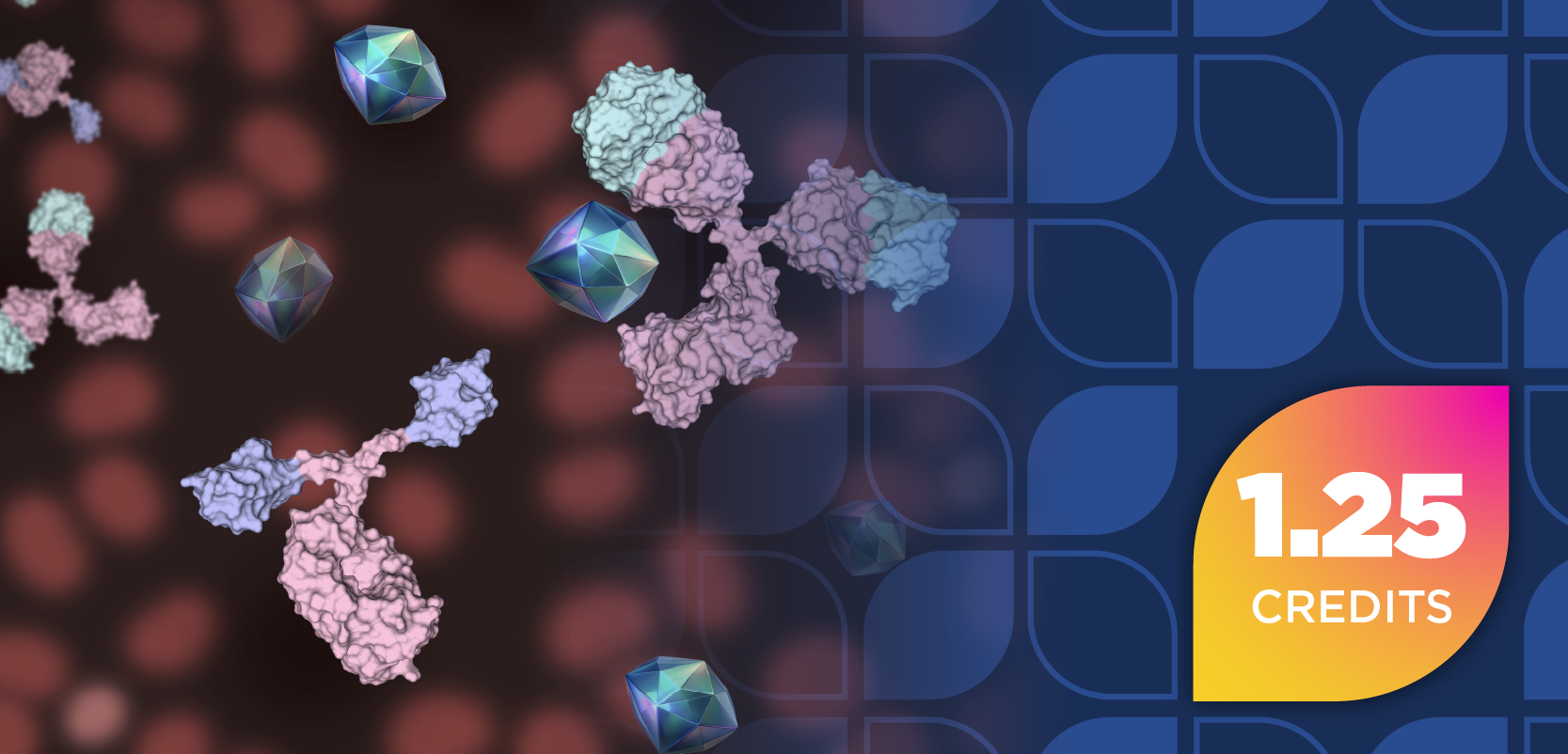
Patients With Cytopenic Primary Myelofibrosis Face Unique Therapeutic Challenges, Poor Prognosis
Key Takeaways
- Cytopenic primary myelofibrosis (CyP PMF) patients have a worse prognosis and higher mortality compared to other myeloproliferative neoplasms.
- CyP PMF is characterized by lower blood counts, additional somatic mutations, and increased risk of progression to blast phase.
Cytopenic myelofibrosis is characterized by poorer prognosis and more severe anemia and thrombocytopenia compared with proliferative myelofibrosis.
Patients with primary myelofibrosis (PMF) harboring the cytopenic phenotype called cytopenic (CyP) PMF face greater unmet needs and worsened prognosis compared with other myeloproliferative neoplasms (MPNs), including polycythemia vera (PV) and essential thrombocytopenia (ET), according to an analysis of data from the European multicenter collaborative ERNEST registry.1
Disease behavior of MF can vary widely based on clinical phenotype. Two distinct subgroups comprise MF: proliferative MF and cytopenic MF, which is also called myelodepletive MF. For patients with cytopenic MF, disease presentation can encompass lower blood counts—specifically thrombocytopenia and anemia—additional somatic mutations, and a worse prognosis compared with proliferative MF.2
Additionally, approved Janus kinase (JAK) inhibitors that can improve constitutional symptoms of MF carry risks of worsening anemia and thrombocytopenia in CyP MF, making treatment uniquely challenging for patients. Severe anemia is known to further worsen patient prognosis, and measures to relieve disease burden, such as transfusions, can lead to disease progression into blast phase (BP) MF. Given the poor outcomes MF patients with CyP face, describing the clinical characteristics and outcomes of this population is critical.1,3
The current investigators analyzed data gathered from the European multicenter collaborative ERNEST registry, with a focus on the clinical outcomes and characteristics of MF patients with CyP. In total, 559 patients comprised the study population; a CyP was defined by the presence of at least 1 cytopenia at diagnosis, including sex-adjusted anemia, thrombocytopenia, or leukopenia. Patients who showed none of these characteristics were considered MyP.1
Median follow-up was 5.4 years. A CyP was identified in 275 patients (49.2%); these patients were more likely to be older, less frequently JAK2V617F-mutated, and included in higher risk categories. In total, 392 patients (70.1%) died, including 59.9% of MyP patients and 80.7% of CyP patients, and the incidence rate of death among patients with both anemia and thrombocytopenia was the highest among the subgroups analyzed.1
Overall survival (OS) was significantly shorter in patients with cytopenic MF compared to MyP patients (median OS: 4.0 years [IQR: 1.7-7.5]; vs 8.4 years [IQR: 4.6-16.1]). CyP patients also had a 10-year cumulative incidence of death of 80.9% (95% CI, 75.7%-85.7%), compared with 56.6% (95% CI, 50.6%-62.8%) in MyP patients. Other factors found to be significantly associated with shortened survival were age—with a 6% increased risk of death for each additional year—male gender, peripheral blasts, systemic symptoms, and leukocytes greater than or equal to 20 x 109/L.1
The investigators observed 75 events of BP transformation (13.4%), of which 45 (16.4%) and 30 (10.6%) occurred among CyP and MyP patients, respectively. When death was considered a competing event, the 10-year cumulative incidence of BP was significantly greater in cytopenic (17.0%; 95% CI, 12.6–21.7) compared with MyP (10.6%; 95% CI, 7.7–15.3) patients (P = .028), with patients having both anemia and thrombocytopenia having the highest risk.1
Allogeneic stem cell transplantation (ASCT) is often employed to reduce severe anemia-associated symptoms in patients with MF. Based on this new data, the investigators say decisions regarding ASCT should be made regardless of conventional risk scores, as anemic and thrombocytopenic patients with cytopenic MF are at exceedingly high risk of dying and evolving to BP.1
Some limitations of the trial were reported, including the investigators having a lack of detailed information regarding the impact of transfusion dependence in patients with severe anemia. Furthermore, the study authors lacked a profile of non-driver mutations in the patient population, particularly those associated with anemia and/or thrombocytopenia. There was also a lack of data on the treatments used by patients, which could have a major impact on the course of disease or prognosis.1
“We hope that this set of data will be useful for designing future clinical trials with molecules specifically addressing the unmet needs of cytopenic PMF patients,” the study authors concluded.1
REFERENCES
1. Guglielmelli P, Ghirardi A, Carobbio A, et al. Cytopenic overt primary myelofibrosis at presentation: Analysis of outcomes in the prospective, real-world ERNEST-2 registry. Hemasphere. 2025;9(2):e70072. doi:10.1002/hem3.70072
2. Reynolds SM, Pettit K. New approaches to tackle cytopenic myelofibrosis. Hematology Am Soc Hematol Educ Program. 2022(1):235-244. doi:10.1182/hematology.2022000340
3. Mora B, Maffioli M, Rumi R, et al. Incidence of blast phase in myelofibrosis according to anemia severity. eJHaem. 2023;4(3):679-689. doi:10.1002/jha2.745
Newsletter
Stay informed on drug updates, treatment guidelines, and pharmacy practice trends—subscribe to Pharmacy Times for weekly clinical insights.












































































































































































































